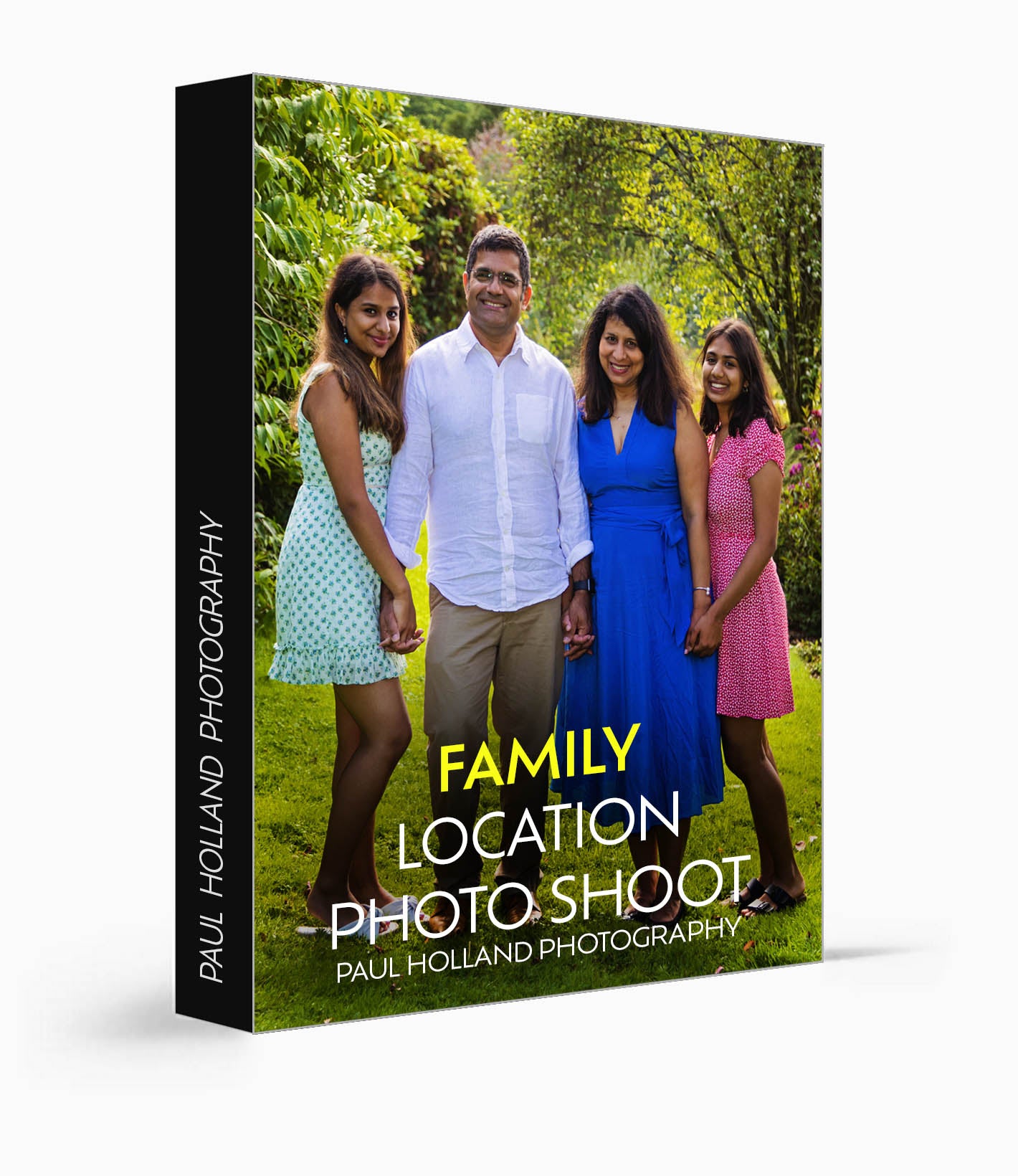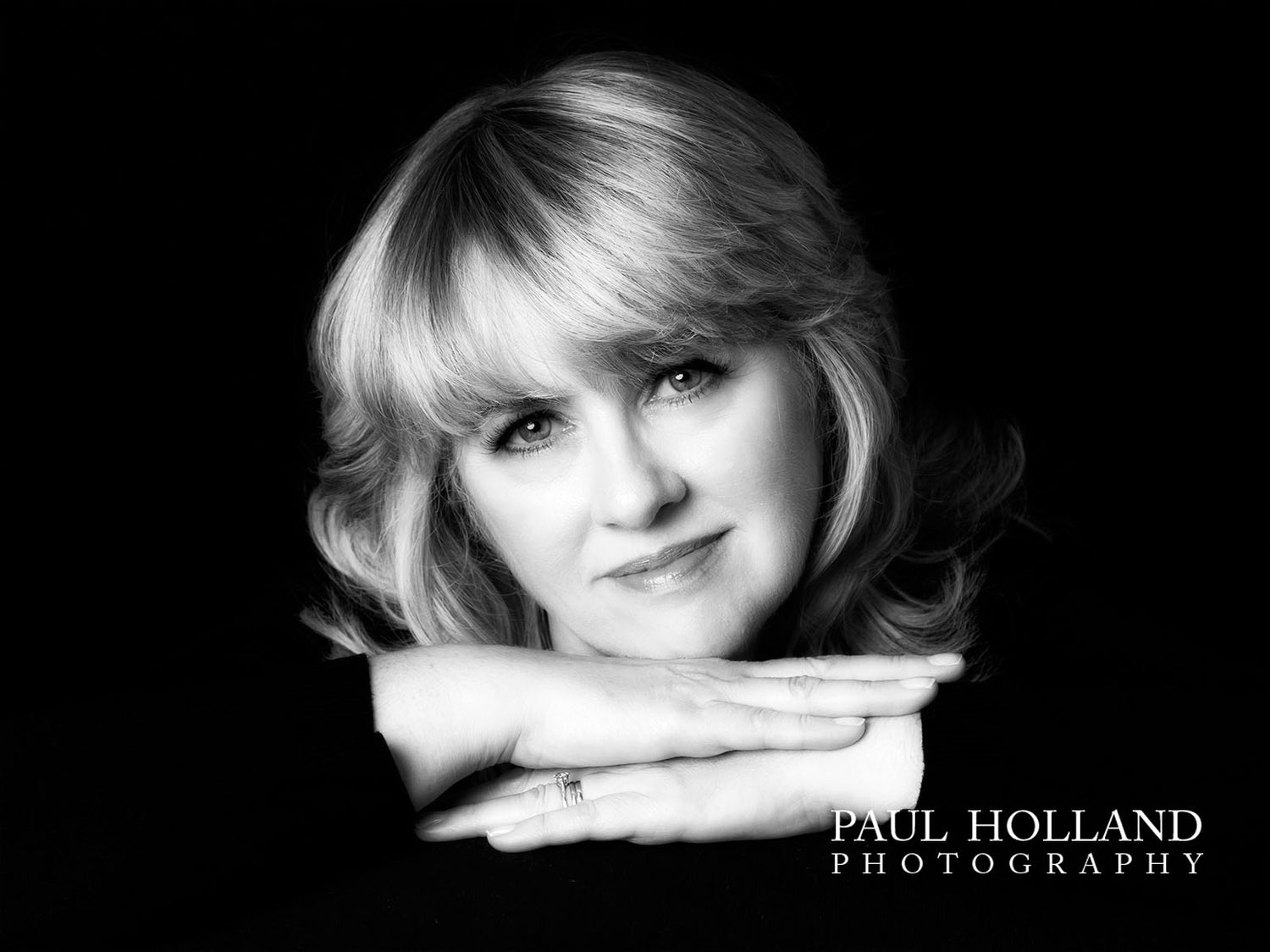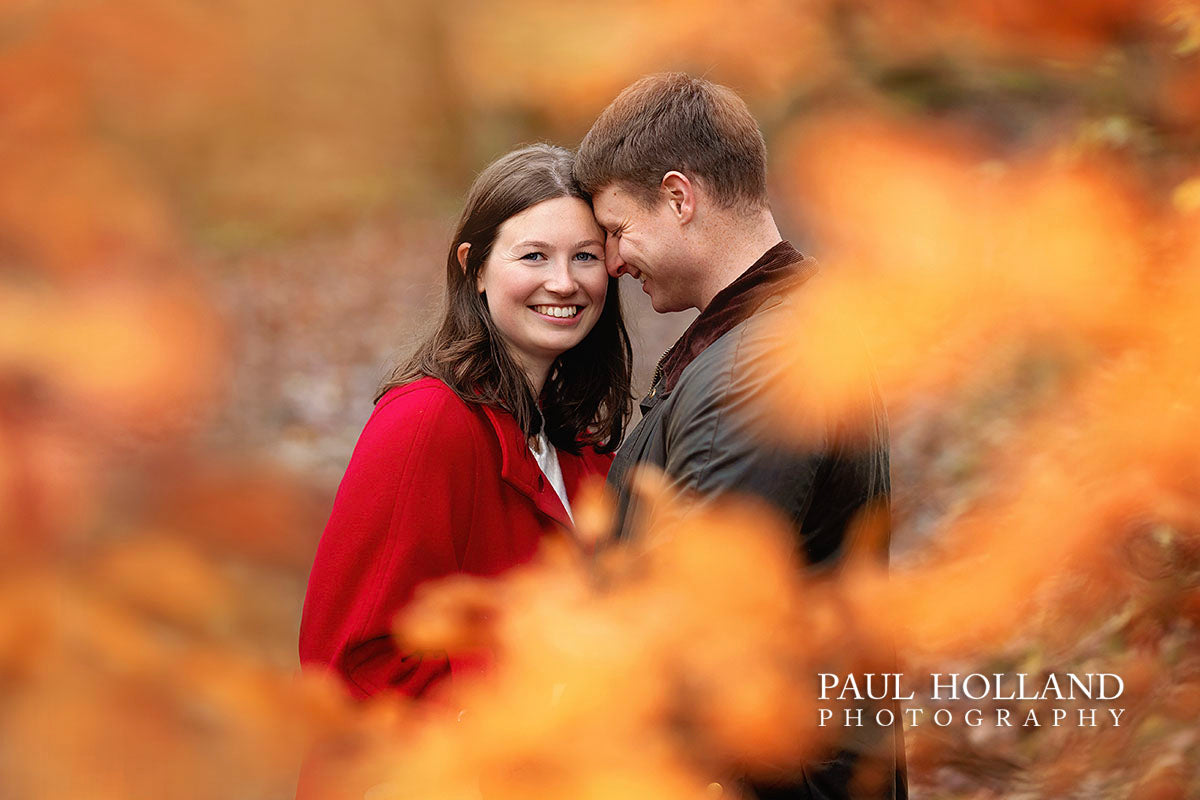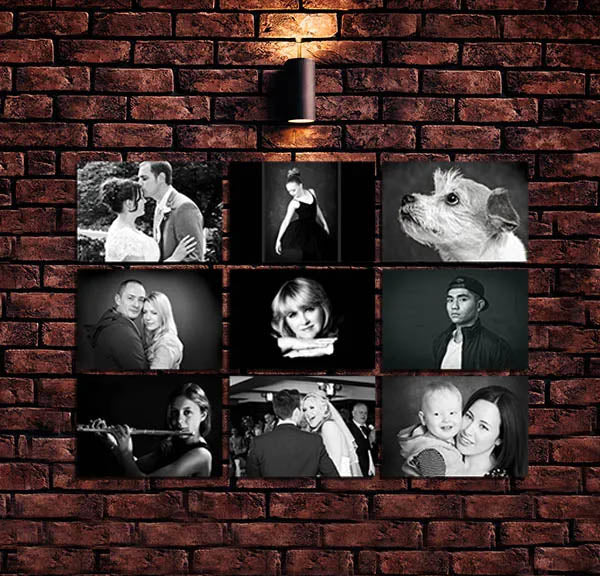Creating a photo picture wall
You have probably got thousands of photos on your phone and you may have decided that it's now time to print them so that family, friends and visitors to your home can see them. The problem you now face is how best to display them on your wall. There are many different photo products such as canvas, framed prints, and contemporary wooden or metal photo panels however rather than looking at the various types of photo product, this post looks at how you can layout lots of different photos to create a pleasing wall display - a picture wall.
In this post I have collated all of my ideas for you, to help you get the best picture wall layout to suit your photos and your home.
If you have any questions or if you can add to the ideas with suggestions of your own, please post in the comments below.
Before you get started on making a picture wall with your favourite photographs, there are a few important things to consider:
- When choosing your location, try not to place your photos in direct sunlight or above radiators. Sunlight will fade photographs very quickly and even photographic products that are designed not to fade can't cope with direct sunlight. Radiators will dry out the wood in frames or photo boards and over time this could lead to shrinkage and cracking.
- Decide on the layout you want to use before you start to hang pictures on the wall, see below for more information.
- As a rule of thumb, the centre of your picture should be at the viewer's eye level. You don't want it to be very much higher or lower than this. If you are creating a montage of different pictures think about placing the most important photos at eye level with the other pictures filling in around them.
- Gather together everything you will need before you start. Tools you may need are a hammer, tape measure, spirit level, string, pencil, eraser, notebook, and the hooks/nails or whatever you will be using to fix your pictures to the wall. You don't always need to use tools to get your photos on the wall (see later) but it's a good idea to get together everything you might need before you start.
Choosing the best layout
Now for the fun part! If you have lots of photos to choose from (and we know you have thousands on your phone!), it can take a while to decide which ones are going to make it onto your picture wall but the finished wall display will be worth the time and effort it takes to choose the ones you want to use. When you have chosen your photos, you need to decide on a suitable layout for them on your wall. What makes the best layout? Your choices will depend on the shape, quantity and size of your photo frames, as well as the colours in your photos and the location in your home.
A good tip when planning your layout is to lay all of your picture frames or panels, face up, on the floor and try different arrangements to see which looks best. You can get a better view of what your finished photo wall will look like by standing on a stool or step ladder and looking down at your arrangement of pictures.
An alternative to this is to use large sheets of paper (wall lining paper is ideal) cut to the same size as each of your picture frames. Label each piece of paper so you know which picture it represents and then stick the paper sheets to the wall and rearrange them until you find a layout that you prefer.
There are a couple of tips here that will help you get started:
- Unless your frames are all the same size, having a mix of horizontal, upright and square frames helps to create the best balance when you create your photo wall layout.
- If your frames are all different sizes, start with a large item first so it acts as an anchor for all of the other pictures you will add around it. Larger photos or posters can make a big impact especially when surrounded by smaller images in a balanced display.
- Leave at least a couple of inches of space between each frame. Gaps of less than 2 or 3 inches look crammed; too much space (more than 5 or 6 inches) between each picture will stop the photos from looking like a collection.
Here are some of the most popular layout choices:
A row of photos

If you are going for a simple row of photos in a line, there are three techniques that work well especially when your pictures or frames are all different sizes: you can align all the top edges of your picture frames, all the bottom frame edges or all the centres of your pictures. Which one you chose is a matter of personal preference and will depend on the shape and size of your photos.
Symmetrical shapes
Making a symmetrical shape with your frames or photo panels can work well when creating photo gallery walls. Four rectangular frames of the same size, with two of them upright and two of them horizontal can be hung so that the overall shape they make is a square. If your frames aren't all the same size, you can still achieve a symmetrical shape but you will probably need to spend more time planning the layout. See the end of this post for more example layouts.
Different sized frames
If all your frames are different sizes, it takes more planning time but if you get it right, it can lead to a really eye-catching picture wall display. The trick is to start with one large important piece and add the other frames around it. Use the techniques described earlier to plan the layout before you start fixing your frames to the wall.
Having a common theme for the display will help to make the frames sit well together even if they are different sizes and styles, so for example, having all of the frames in the same colour (such as white, black or the same shade of wood) or having all of your photos in black and white can help to bring the display together into one single collection rather than simply looking like lots of different frames placed next to each other. See the picture wall layout examples at the end of this post for some layout ideas.
Picture shelves
Picture shelves are ideal if you have lots of photos and you like to change them frequently. The shelf needs to be fixed to the wall first but after this has been done, you simply rest your frame on the shelf so that the photo frame leans against the wall. Picture shelves usually have a groove and a front lip to prevent your photo frames from slipping.
Changing your picture wall is as easy as picking up one frame from the shelf and replacing it with another. As well as placing pictures side by side, you can overlap them to add a bit of depth to your display. If your images have a mount (giving a blank space between the image and the frame) then you can overlap picture frames and still keep the whole of the image visible.
The shelf has to support all of the weight of your pictures so consider what size and weight they will be before you choose a picture shelf and don't forget to check the maximum load (weight) that it can support. If you like DIY and don't mind making your own picture shelves, I saw an ingenious low-cost shelf solution recently where the picture shelves were made from decking planks. Ingenious because they already have the grooves on the top surface when you buy them, and painted or varnished, they looked very professional!
Photos next to stairs
Staircases are a great place to create a photo picture wall but it takes a bit more planning and measuring to make your display look right. For the best effect, try to make sure your pictures follow the line of the stairs. If you can't visualise where this line would be, you could use thin cord or string and attach it to the wall at each end using drawing pins. Your line needs to be parallel to your stairs or your banister hand rail if you have one, so you may need to measure the height of each end to make sure that the distances are the same. The centre of your photos should still be at about eye level.
Next, think about where your larger pictures will go along the line. The larger frames should be hung first and then you can fill in the gaps with smaller pictures. Using sheets of paper to plan the wall layout (see earlier) works well here. You can keep rearranging the papers until you like the layout. Then it's just a matter of replacing each sheet of paper, one at a time, with the photo frame it represents. Remove the line (if you attached one to the wall) when you have finished.
Fixing pictures to walls without tools
3M produces a set of high tech adhesive strips in it's Command™ Picture Hanging Strips and Hangers range. They support picture frames and canvases without the need for screw or nail holes in the wall. Claimed to be good for painted walls, wood, tiles and metal surfaces, the special adhesive grips strongly yet the stretch release technology should ensure no surface damage is caused when you want to remove it.
The strips come in different sizes and each has a stated maximum weight that it can support. You will need to use a few for each frame so it's not a cheap solution in my opinion but it does enable you to hang pictures without any tools and to change the pictures quickly. If you fix the strips in the same place on the back of each frame you plan to use then you can simply remove one frame from the wall and swap it with another, leaving the wall strips intact.
I have used these myself and they work well so long as any wall paint isn't too new. If you've just redecorated and painted your walls, it's probably best to leave the paint to set for a couple of weeks first as I've found that the adhesive doesn't work well if the paint's only recently dried.
I have no affiliation with 3M, I have mentioned their Command strips because I have used them and they work well as an alternative to hooks or nails. If you don't like the idea of hammering nails into your walls then these are a good alternative, the only downside is the cost.
Lighting your photos
Once your photos are on the wall, adding lighting can bring them to life. Spotlights are perfect because you can focus the viewers attention on the main photographs or to a specific area such as a face on a large photo. During installation, make sure that you follow the manufacturer's instructions so that if your light source gets hot it isn't too close to your pictures or anyone that views them. Photo prints are best preserved under glass (for example in a glazed frame) as this helps to reduce fading that may be caused by intensive light. I prefer warm white LED because they give a warmer light and I find that other LED colours look a bit stark.
Some of the wall display photo products that I sell in the studio are designed to create a shadow around the photo when they are spot lit and I can't emphasise enough what a difference it makes when you light your photo wall.
Photo Wall Layout Examples
To finish, I thought I would provide some examples of picture wall layouts that will hopefully give you more ideas and inspiration.



























2 comments
I offer a print service or you can try one of the online printers. No matter who you choose to do this, you should definitely get your picture printed so you can see it every day!
i have a picture of my Dogs that passed away and they are a photo on my phone in my gallery and i wanna make put it on my wall loke a poster but two